Hybrid vehicles are rapidly gaining popularity on Singapore’s roads, offering drivers a compelling blend of fuel savings, environmental benefits, and practical convenience. As the city-state accelerates its green transport ambitions, are hybrids the smartest choice for local motorists?
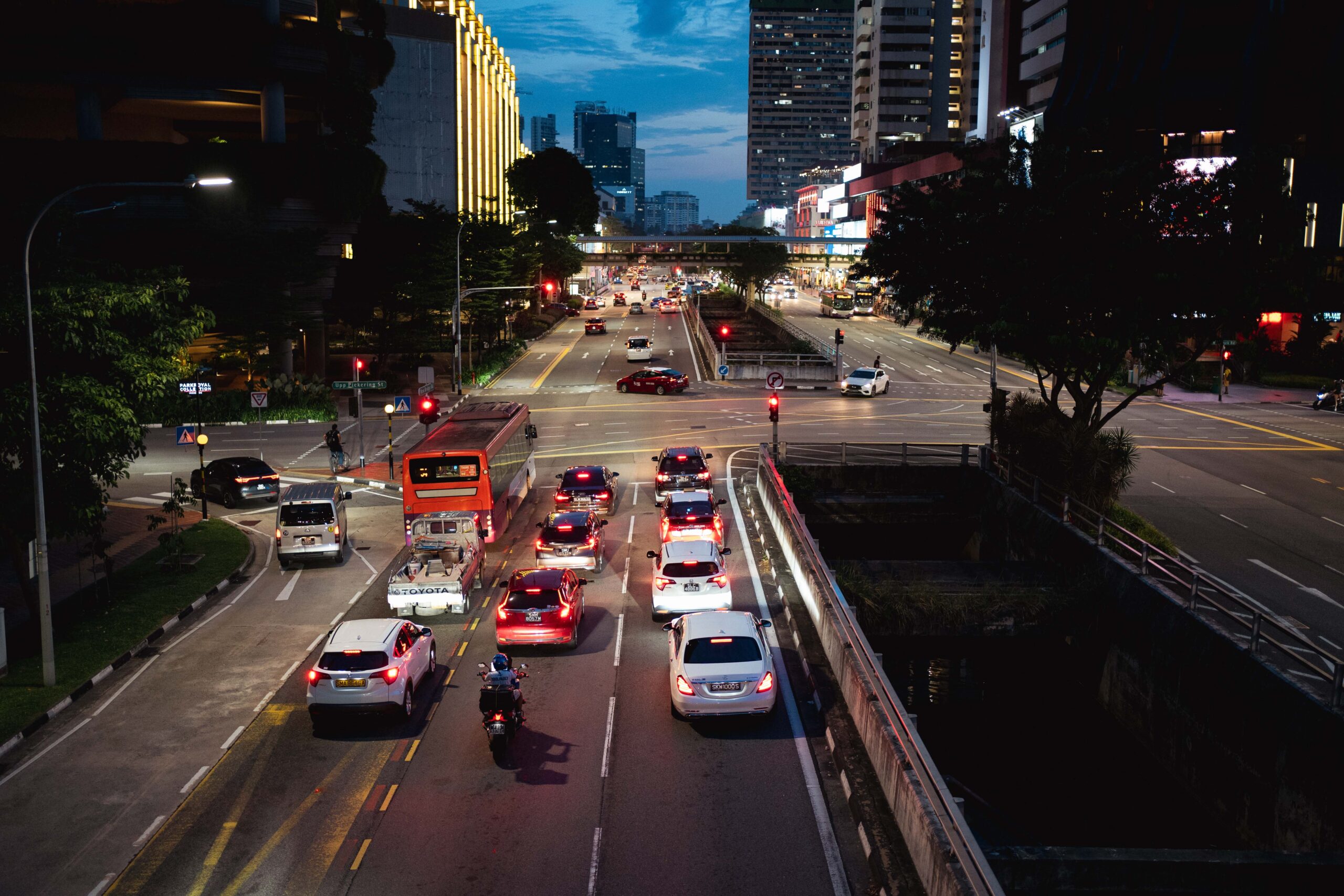 Singapore’s streets are witnessing a quiet revolution. Once dominated by petrol-powered vehicles, the city’s roads now feature an increasing number of hybrid cars, reflecting a shift in both consumer preference and government policy. With the nation’s ambitious Green Plan 2030 aiming to phase out diesel vehicles and promote cleaner alternatives, hybrid vehicles have emerged as a practical and attractive middle ground between traditional petrol cars and fully electric vehicles.
Singapore’s streets are witnessing a quiet revolution. Once dominated by petrol-powered vehicles, the city’s roads now feature an increasing number of hybrid cars, reflecting a shift in both consumer preference and government policy. With the nation’s ambitious Green Plan 2030 aiming to phase out diesel vehicles and promote cleaner alternatives, hybrid vehicles have emerged as a practical and attractive middle ground between traditional petrol cars and fully electric vehicles.
What makes a hybrid vehicle?
At its core, a hybrid car combines two power sources: a conventional internal combustion engine (ICE) and an electric motor. This dual system allows the vehicle to switch seamlessly between petrol and electric power, or even use both simultaneously, depending on driving conditions. At low speeds or during idling, such as in Singapore’s frequent stop-and-go traffic, the car relies more on its electric motor, saving fuel and reducing emissions. When more power is needed, the petrol engine kicks in, ensuring performance is never compromised.
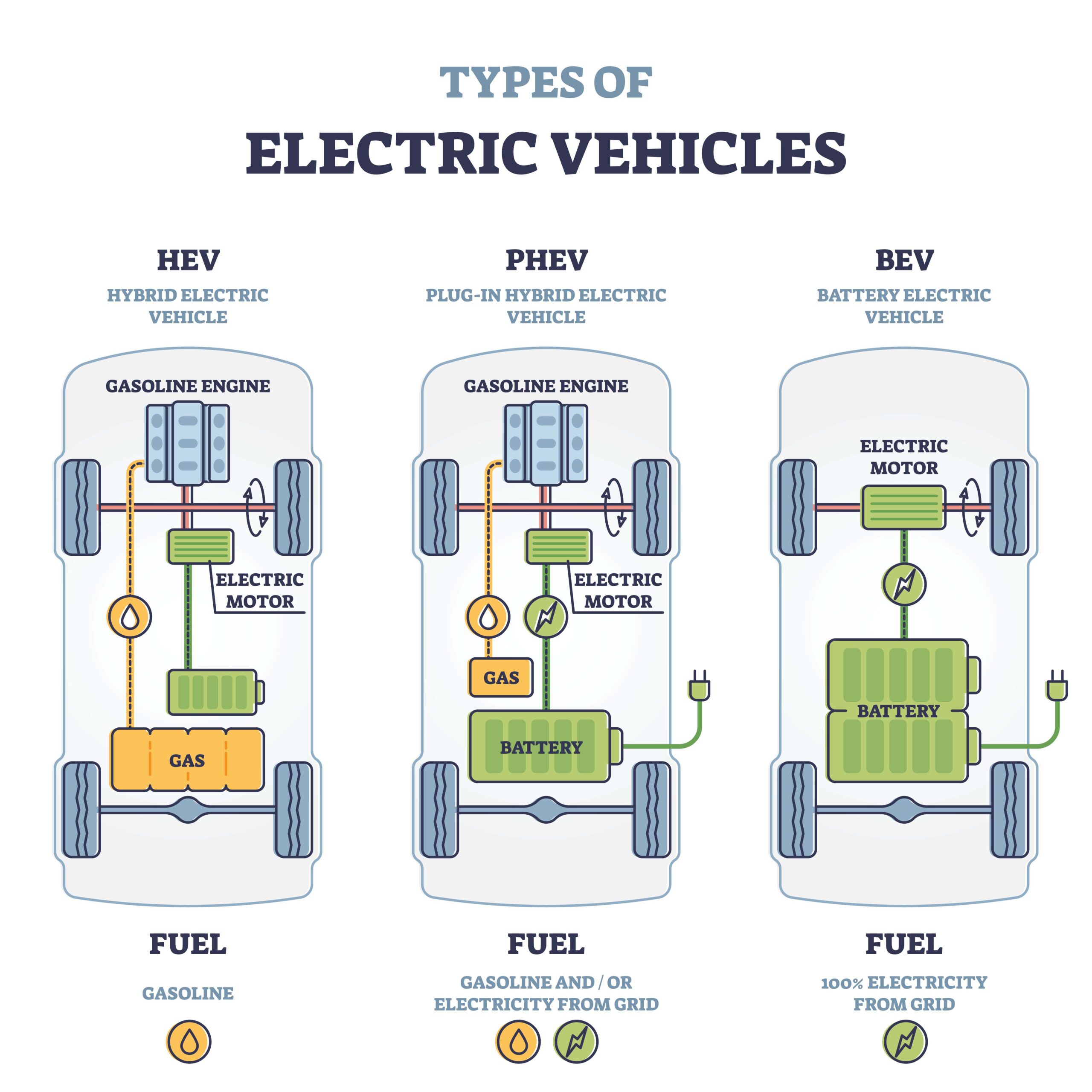
Types of hybrid vehicles available
Singaporean drivers can choose from several types of hybrid vehicles, each offering different levels of efficiency and convenience:
- Full Hybrids (HEVs): These can run on electric power alone for short distances and switch automatically between the two power sources. The Toyota Prius, for example, is a popular full hybrid with a remarkable fuel consumption rate of 32.6 km/L.
- Mild Hybrids (MHEVs): These use a smaller electric motor to assist the petrol engine, especially during acceleration and start-stop traffic. While they can’t run on electricity alone, they offer improved fuel efficiency and lower emissions compared to traditional cars. An example currently sold in Singapore is the Volkswagen Tiguan Mild Hybrid, which features a 48V mild hybrid system to boost efficiency and performance. Other options include the Volvo XC40 Mild Hybrid, Suzuki Swift Mild Hybrid, Kia Stonic M-Hybrid, and the Škoda Octavia 1.0 TSI e-TEC mild hybrid.
- Plug-in Hybrids (PHEVs): Although less common in Singapore, these allow drivers to charge the battery externally and travel longer distances on electric power alone—ideal for those with access to charging infrastructure. An example currently available in Singapore is the BYD Sealion 6 DM-i, which can travel up to about 80 km on pure electric power before the petrol engine takes over. Other notable PHEVs sold locally include the BMW 330e, Volvo XC60 Recharge, Lexus NX 450h+, and Mazda CX-80 Plug-in Hybrid
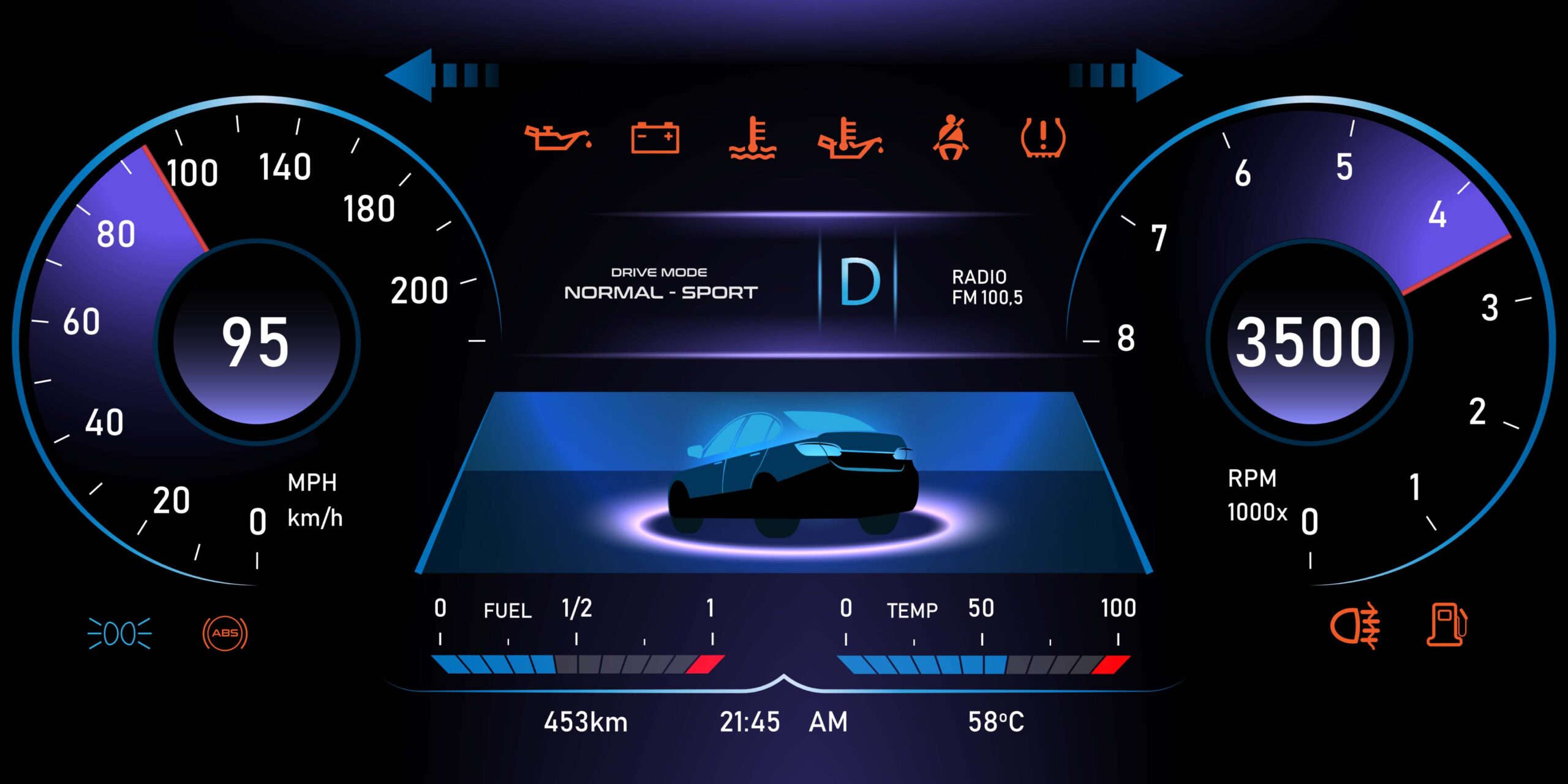
Why are hybrids becoming more attractive?
- Fuel efficiency and cost savings: With some of the highest fuel prices in the region, Singaporeans are acutely aware of the cost of driving. Hybrid vehicles, by relying on electric power during low-speed travel and heavy traffic, can significantly reduce fuel consumption. This translates into real savings at the pump, a crucial advantage in a city where every dollar counts.
- Environmental benefits: Singapore’s dense urban environment makes air quality a pressing concern. Hybrids emit fewer greenhouse gases and pollutants than their petrol-only counterparts, helping to reduce the city’s carbon footprint. For eco-conscious drivers, choosing a hybrid is a tangible way to contribute to Singapore’s sustainability goals and improve public health.
- Government incentives and rebates: To encourage greener choices, the Singapore government offers a range of financial incentives for hybrid vehicle owners. The Vehicle Emission Scheme (VES) provides rebates for low-emission vehicles, with most hybrids qualifying for rebates of up to $2,500 off the Additional Registration Fee (ARF). These incentives help offset the higher upfront cost of hybrid cars, making them more accessible to everyday drivers.
- Lower maintenance and strong resale value: Hybrids generally experience less wear and tear on their petrol engines, as the electric motor takes over during low-speed driving. This can mean fewer maintenance issues and longer engine life. Furthermore, as demand for eco-friendly vehicles grows, hybrids are retaining their value better than conventional cars—an important consideration in Singapore’s expensive car market.
- Driving comfort and urban practicality: Hybrid vehicles are renowned for their quiet, smooth rides, especially at low speeds when running on electric power. This makes them particularly well-suited to Singapore’s urban environment, where traffic congestion and frequent stops are the norm.
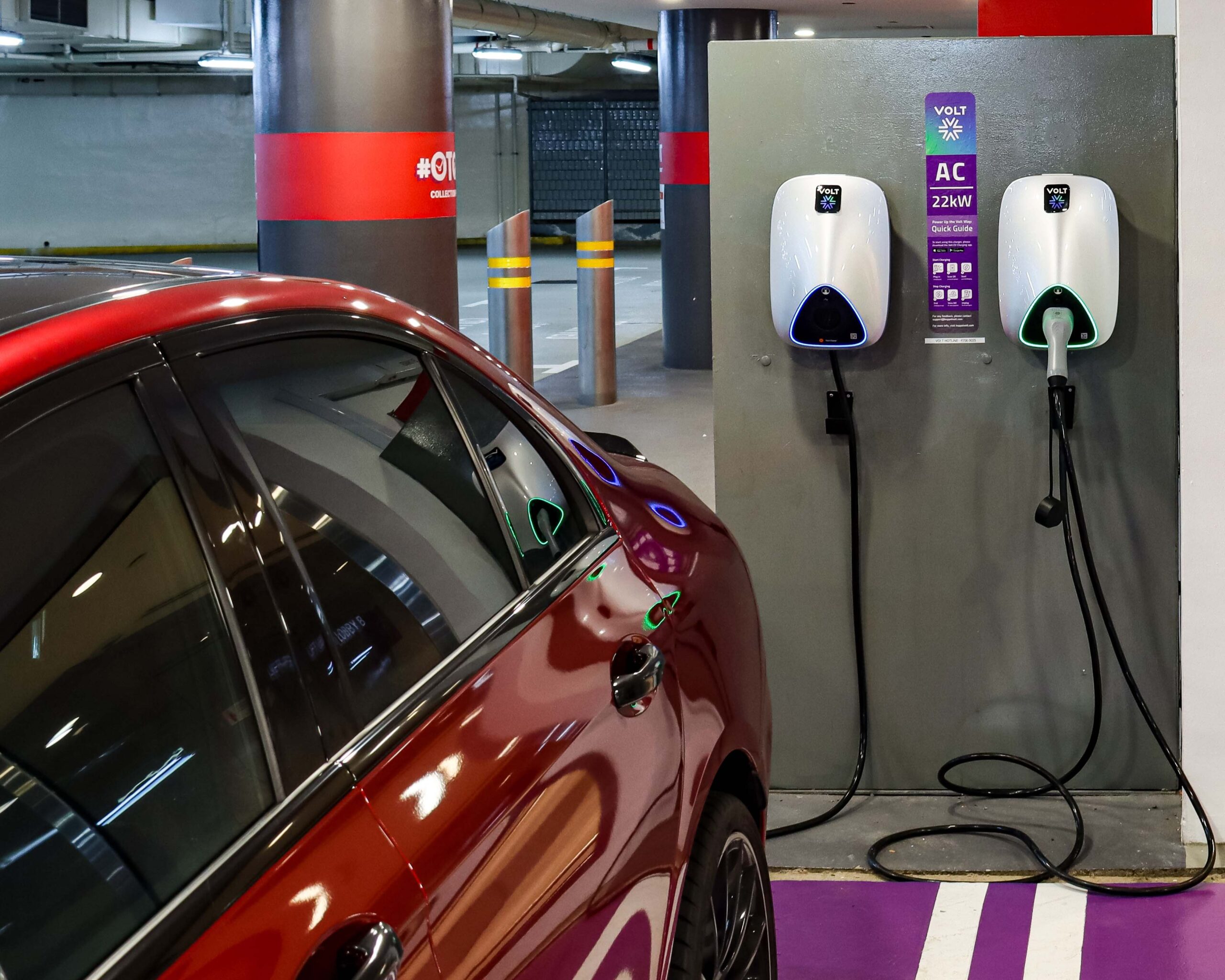
How hybrids fit into Singapore’s green transport push
Singapore’s Green Plan 2030 is a blueprint for a sustainable future, with transport as a key pillar. The plan includes bold targets, such as greening 80% of buildings and ensuring that all new car and taxi registrations are cleaner-energy models by 2030. Hybrid vehicles play a pivotal role in this transition, offering an immediate and practical way for drivers to reduce emissions without the range anxiety or charging infrastructure concerns associated with full electric vehicles.
The government’s Commercial Vehicle Emissions Scheme (CVES) and Early Turnover Scheme (ETS) further incentivise the adoption of cleaner vehicles, including hybrids, by providing financial rewards for low-emission models and encouraging the replacement of older, polluting vehicles.
Popular hybrid models on Singapore’s roads
Singaporean drivers are spoilt for choice when it comes to hybrid vehicles. Top-selling models include:
- Toyota Prius and Prius C: Known for reliability and exceptional fuel economy.
- Honda Vezel Hybrid: Popular for its compact size and efficiency.
- Toyota Camry Hybrid: Offers executive comfort with hybrid efficiency.
- Nissan Serena e-POWER: A family-friendly MPV with advanced hybrid technology.
New entrants like the Polestar and the Hyundai Ioniq 9 are set to expand options for local motorists, bringing cutting-edge technology and further aligning with Singapore’s sustainability goals.
Challenges and considerations
While hybrids offer many advantages, there are still factors to consider:
- Upfront cost: Hybrids tend to be more expensive than petrol-only cars, though government rebates help narrow the gap.
- Battery replacement: Although hybrid batteries are designed to last, eventual replacement can be costly. Most models in Singapore are expected to have a lifespan of approximately six to ten years, or between 150,000 km and 200,000 km, depending on driving habits, climate, and regular maintenance. Most drivers in Singapore can expect to need to replace their hybrid battery every six to ten years under normal usage conditions.
- Charging infrastructure (for PHEVs): Plug-in hybrids require access to charging facilities, which are still being expanded across Singapore.
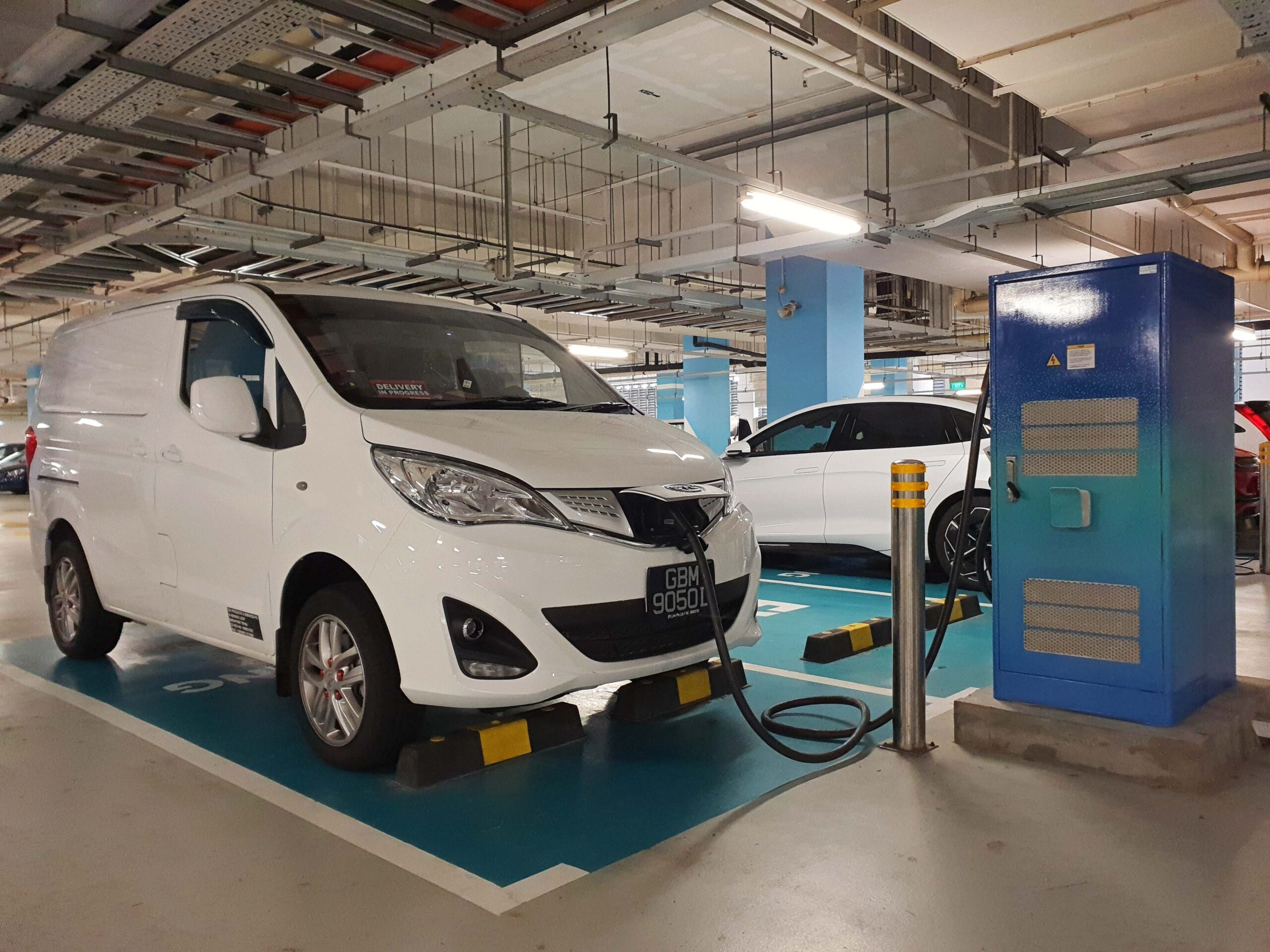
Are hybrids the smartest choice?
Hybrid vehicles are proving to be a smart, future-ready choice for Singapore drivers. They offer a practical path towards greener motoring, combining lower running costs, environmental benefits, and the flexibility to handle both city and highway driving. As Singapore continues its push towards a more sustainable transport ecosystem, hybrids stand out as a compelling option bridging the gap between the present and a fully electric future.
For drivers seeking a balance between cost, convenience, and conscience, the hybrid revolution is well underway, and it’s driving Singapore towards a cleaner, smarter tomorrow.



